6 Easy Things to Plant in December (Except When it's Freezing and You Can't Get a Spade in the Ground)
Celebrate winter by getting outside on sunny days and planting some of these cool season favorites to create a space that is filled with beauty and promise

In December flowers are few and far between so the focus in the garden shifts. Planting structural and interesting shrubs and bushes comes to the fore, and helps make the winter garden something to celebrate instead of a place to avoid.
It's also a great time to look ahead to next summer by thinking about planting fruit bushes and trees, especially bare root varieties. You can plant rose bushes too, as well as start off your favorite flower seeds indoors to get ahead on the spring seed sowing rush.
Weather conditions and growing zones permitting there are plenty of plants to be snapped up now for immediate planting. We've rounded up 6 of the best to add to your modern garden now.
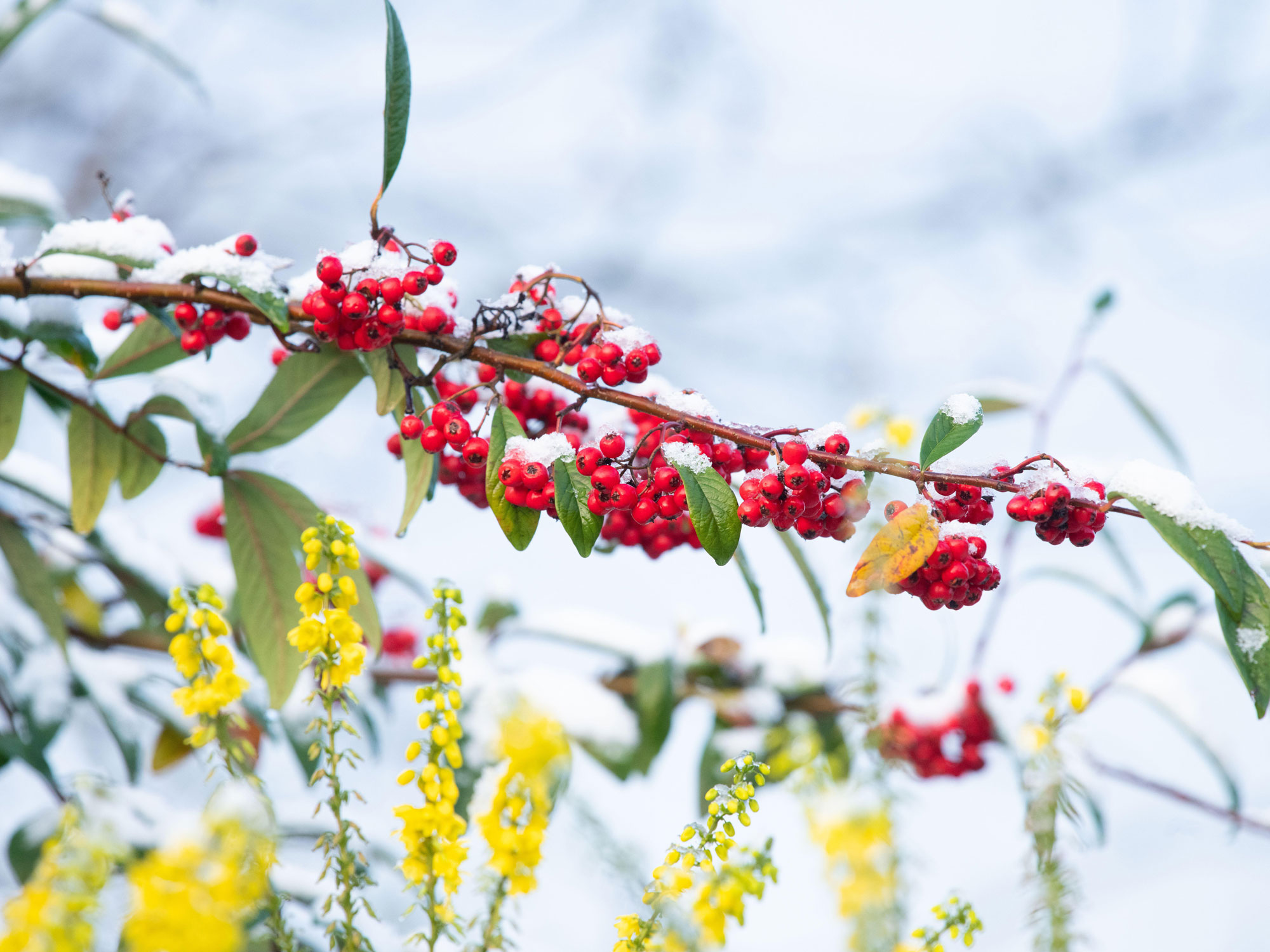
3 shrubs to plant in December
The season for planting winter-flowering shrubs is from October to April so it’s fine to plant them outdoors in borders and containers this month on a bright and sunny day, as long as the ground isn't frozen or waterlogged.
Container-grown shrubs can be planted at any time of the year, and are easy to care for if planted in winter, as they need less watering and feeding. Deciduous varieties tend to get established more quickly if planted while dormant, during late fall, when the soil is moist and still warm.
Bare root shrubs are only available in fall and winter. They should be planted as soon as possible after getting them home so they're a good option for what to plant in December, conditions permitting.
1. Sweet box
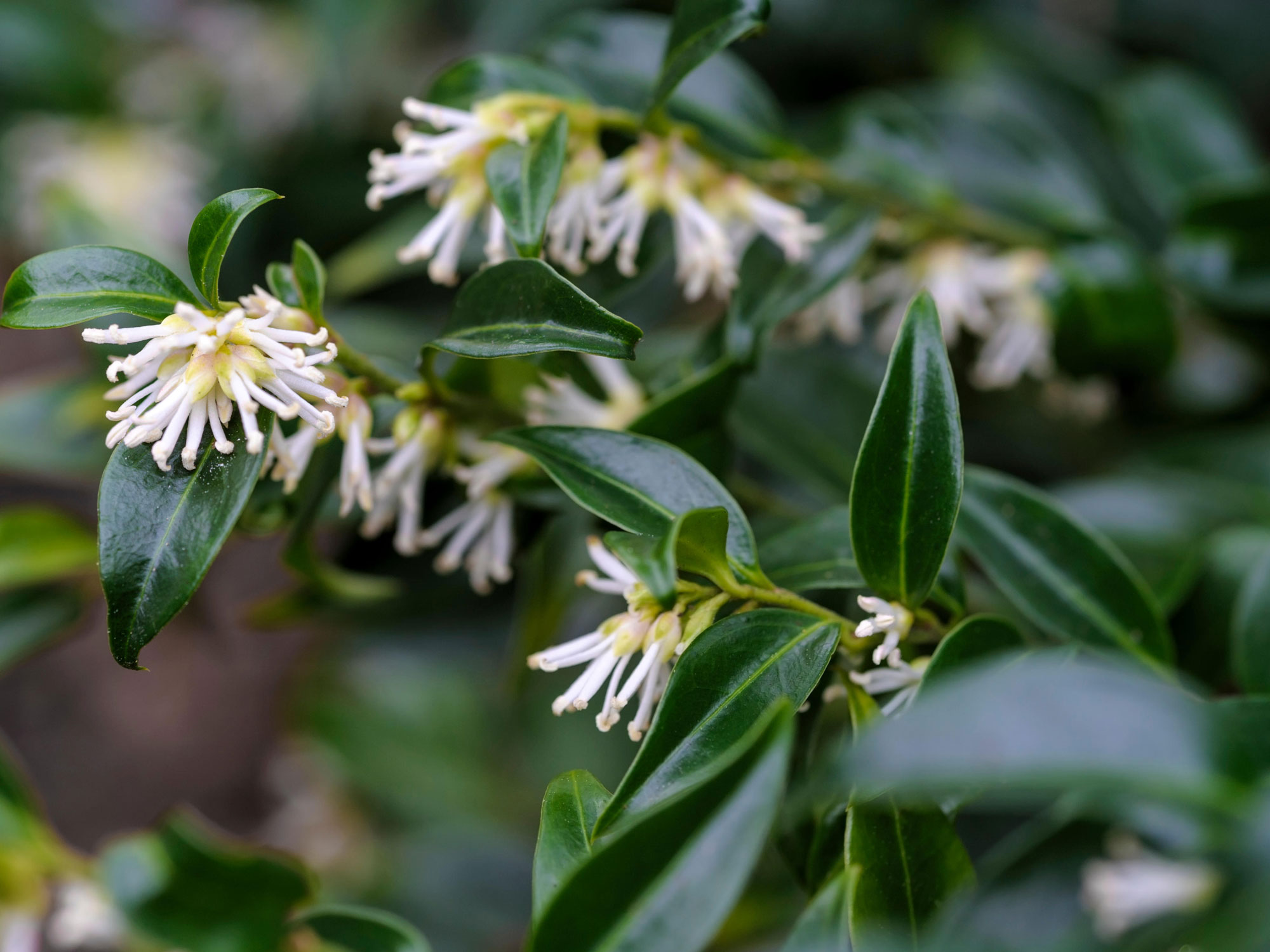
This lovely evergreen shrub (botanical name Sarcococca confusa, and also known as Christmas box) has glossy leaves and highly fragrant white flowers that make it a great choice if you're looking for a scented ornamental to plant in your garden now. It's an easy going type that thrives in both sun and shade, and doesn't mind being neglected.
The Livingetc newsletters are your inside source for what’s shaping interiors now - and what’s next. Discover trend forecasts, smart style ideas, and curated shopping inspiration that brings design to life. Subscribe today and stay ahead of the curve.
Growing to around 5 feet, it's hardy in Zones 6-9. The sweet scented flowers last from December round to February and add a real hit of winter fragrance to the garden, then the bush is covered with attractive bright red berries that turn glossy black when ripe, so it’s a good all-rounder in terms of interest.
You can plant it out in December as long as the ground isn't frozen. Soil should be well drained and moist, as well as rich in organic matter. Top dress with good compost and, if you live in a cold region, use an organic mulch to protect roots from freezing conditions. It's a great choice for a container too, which can be tucked up against the house for extra protection.
2. Mahonia ‘Winter Sun’
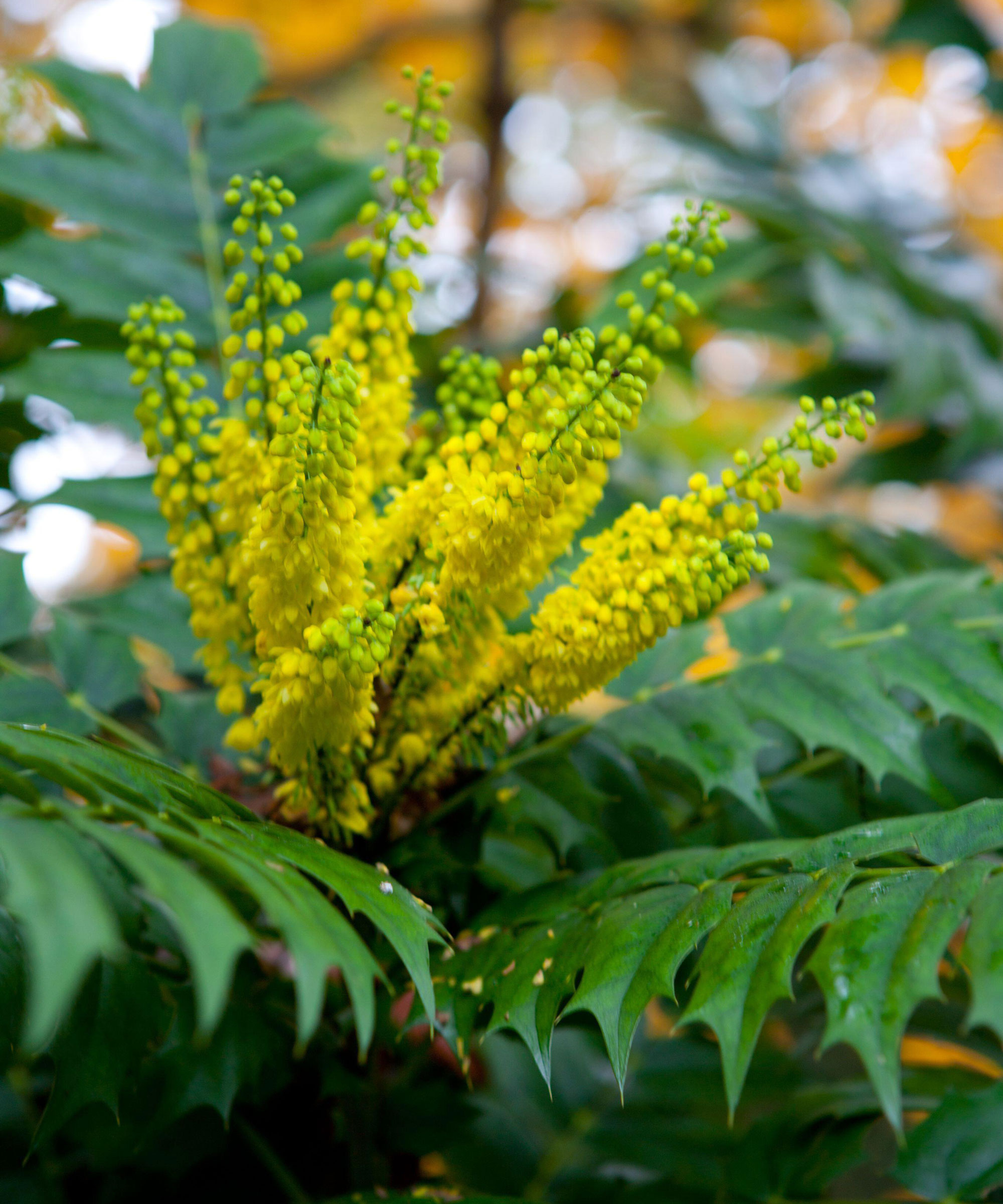
We realize canary yellow flowers might not be at the top of everyone's wish list but if you want an eye-catching statement shrub to light up the winter backyard with a pop of vivid color consider mahonia 'Winter Sun'. It's perfect for sheltered urban gardens, where it can grow up to 15 feet, and it's hardy in Zones 8-9.
With a delicate scent, large clusters of acid yellow flowers from November right round to March and dark green architectural leaves for year-round interest, ‘Winter Sun’ is a real asset in the winter garden. Another big plus is that this is a stress-free shrub that you can plant and leave.
It's resistant to frost and snow too, which means it's a great option for planting in December as long as the conditions are right.
3. Bare root roses
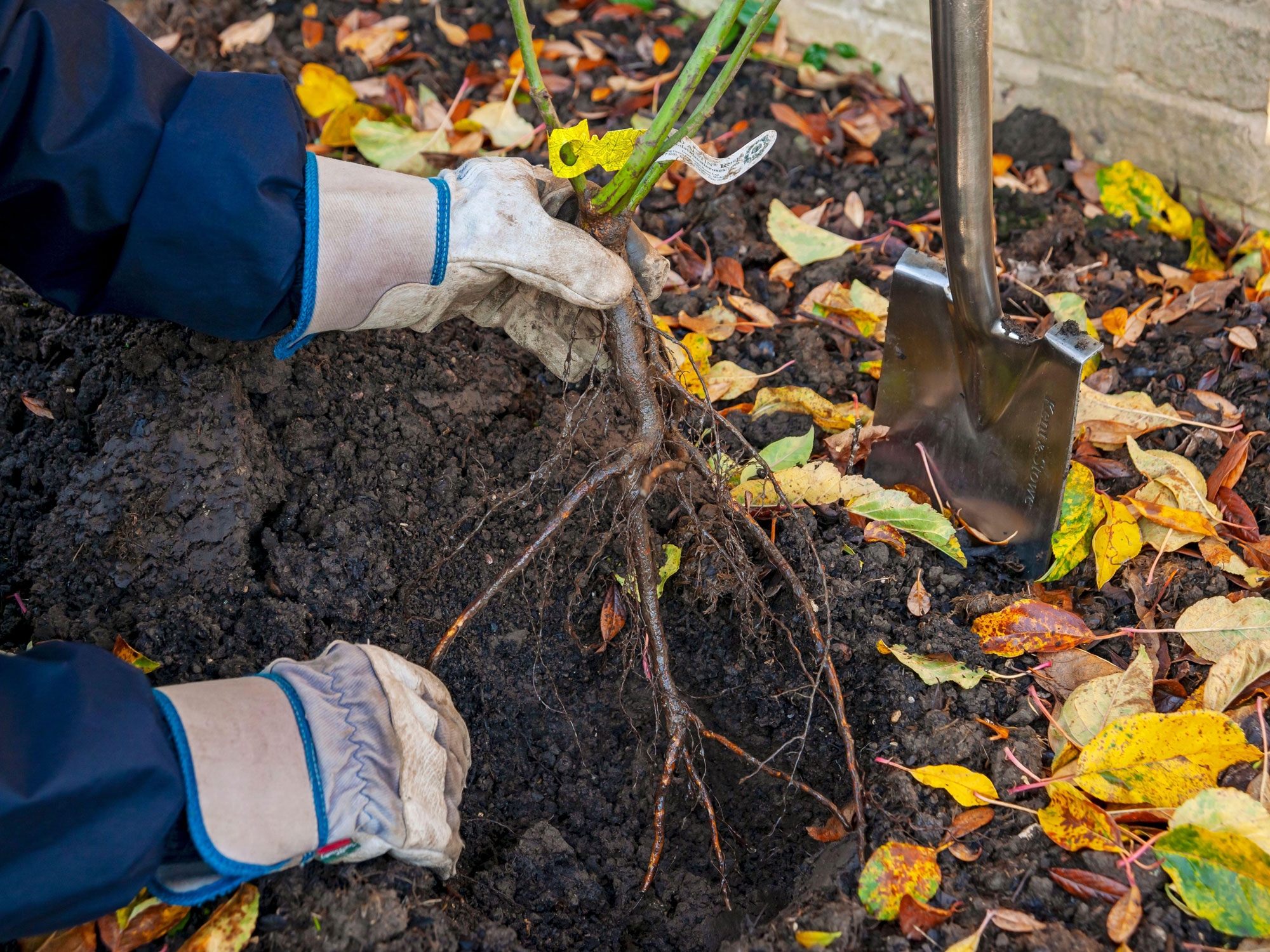
Summer roses might seem like a distant memory but planning for next year's blooms starts now. Bare root roses are available from November to March. These young rose plants have been lifted from the ground while dormant, with little or no soil around their roots (how they get their name).
Planting bare root rose varieties now means their roots become established ahead of the growing season. They should be replanted as soon as possible where you want them to grow, and you can do this in December as long as the ground isn't frozen or waterlogged.
Use mycorrhizal fungi like this from Amazon to give your new roses the best possible start. This helps to protect roots against disease and gets your plant established faster. Set the plant in the hole to the depth of the mark on its stem, which shows how deeply it was planted before. Attach to a stake, firm in the soil around it, and water generously.
3 fruit varieties to plant in December
If you're wondering what to plant in December in terms of grow your own, the good news is that winter is the ideal time to plant fruit bushes and trees. Temperatures are low so there is less evaporation from leaves while the roots quickly recover from being transplanted into the ground.
When planting fruit bushes or trees that lose their leaves this should generally be done from December to February if they are bare root or have been container gardening grown.
Planting during winter is generally the best time for new fruit bushes and trees, but always avoid planting when the ground is frozen, or when bad weather is forecast.
If your new bushes or trees are in containers, you can keep them in a cold garage until the weather improves. If they are bare-root trees, you can heel them into a trench in the garden until the time is right to plant them.
1. Rhubarb
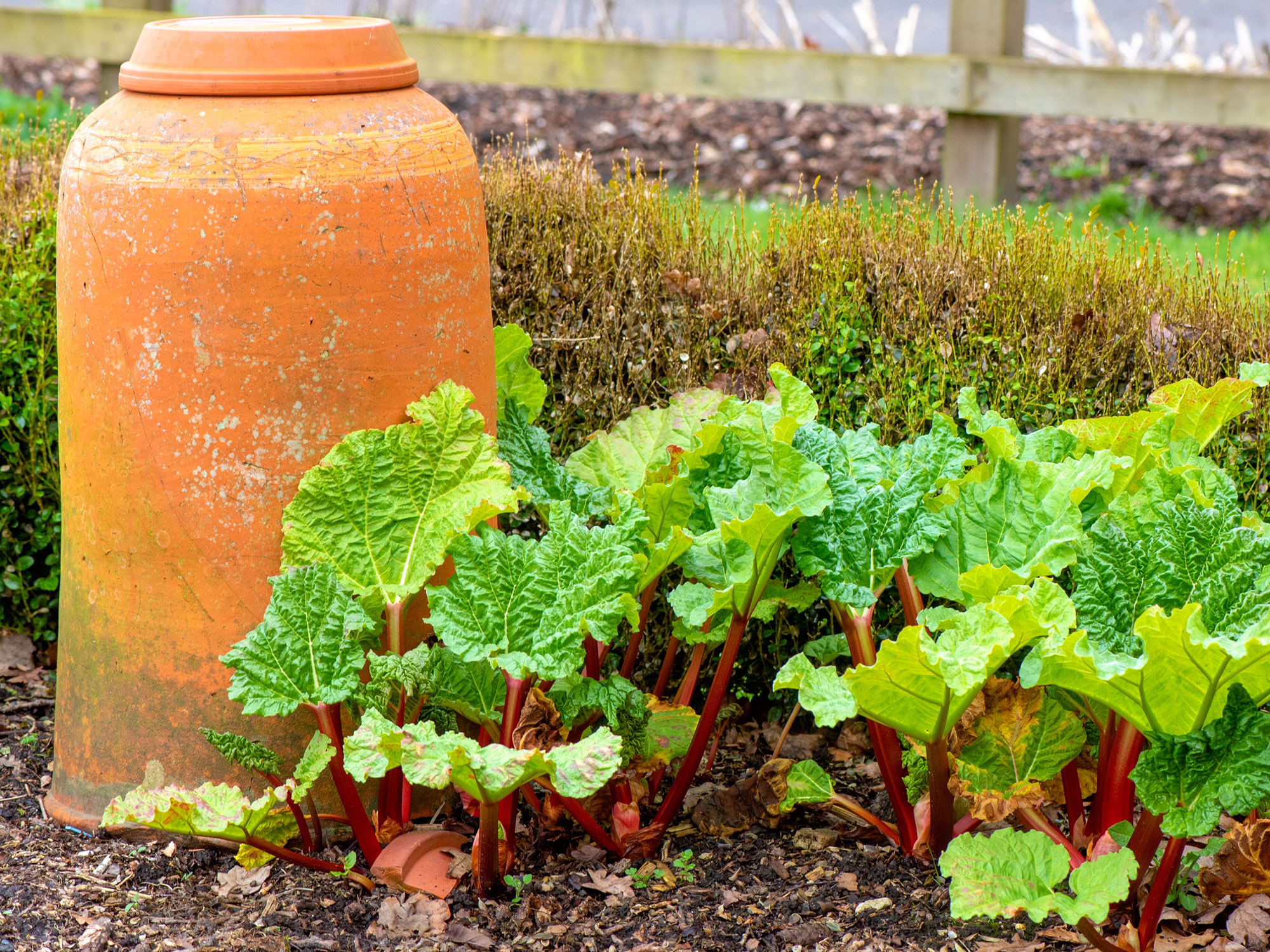
The large, ornate and ruffled leaves of rhubarb add a fantastic ornamental touch to garden beds, especially when covered with a dusting of frost. You can buy containerised plants that are sold all year round for planting at any time.
This means you can still plant rhubarb now (as long as the conditions are right) in well-prepared soil with plenty of organic matter. Rhubarb likes a sunny spot and well-drained soil. Dig a hole at least twice the size of the root ball and make sure the ‘crown’ is level with the soil before watering well.
If you exclude the light from rhubarb in winter it encourages the plant to produce tender stems you can harvest in early spring. Simply cover the plant with a forcer, like this one from Etsy, that excludes every scrap of light. Add additional protection by insulating the forcer with a layer of straw or bubble wrap to keep your rhubarb plant snug.
Great in cold climates and growing in zones 3-8, if you want to grow a forced variety choose an early season one like 'Chipmans Canada Red'. Ready for picking as early as February, this easy to grow variety will soon reward you with a crop of tender pink stems. Or try this winter-hardy Crimson Red rhubarb from Burpee as an alternative.
December is also a good time to lift and divide any existing rhubarb crowns to regenerate your plants. Use a spade to lift each crown before splitting it into 3 or 4 pieces and replanting them separately. If you have plenty to go round why not share them with friends and neighbors.
2. Blueberry bush

Blueberries can be planted at any time of year but will settle in best if planted while dormant, between fall and spring. This means you can plant them now, except if the ground is frozen or waterlogged, or if your winters are exceptionally cold, in which case it's better to wait until spring.
Simple to plant blueberries always crop best in a sunny spot. If planting bare root varieties in the ground, plant to the same depth as the mark on the stem that indicates how deep they were previously planted, or to the same depth as the pot if container grown. Water well and continue to do this until the bush is established.
Blueberries like acidic soil so after planting apply a thick layer of mulch such as pine bark or leaf mold, leaving a gap around the base of the stem. If your soil pH is too alkaline to grow them in the ground, try growing blueberry bushes in containers with ericaceous compost instead. Choose a compact variety, such as 'Top Hat', which only grows up to 2 feet making it perfect for pots.
3. Fig tree

A fig can be planted at any time of year as long as the ground isn’t frozen. You can also keep the tree in its pot for a season if the weather prevents you planting it out. If this is the case overwinter your fig somewhere cool and sheltered such as a porch or shed. Keep the compost slightly moist throughout the winter months, and transfer the plant to a sunny spot in the garden when all danger of frost has passed.
If conditions are right for planting in the ground remember that figs thrive in any well-drained soil in a sunny position. Dig a hole twice the size of the rootball. Your new tree will need staking for the first couple of seasons until it's established.
Despite their Mediterranean origins, fig trees are surprisingly hardy. It's a good idea to protect young trees, particularly during freezing weather, to prevent frost damage. The bare branches can be wrapped in frost cloth or packed with dry straw.
What flower seeds can I sow indoors in December?
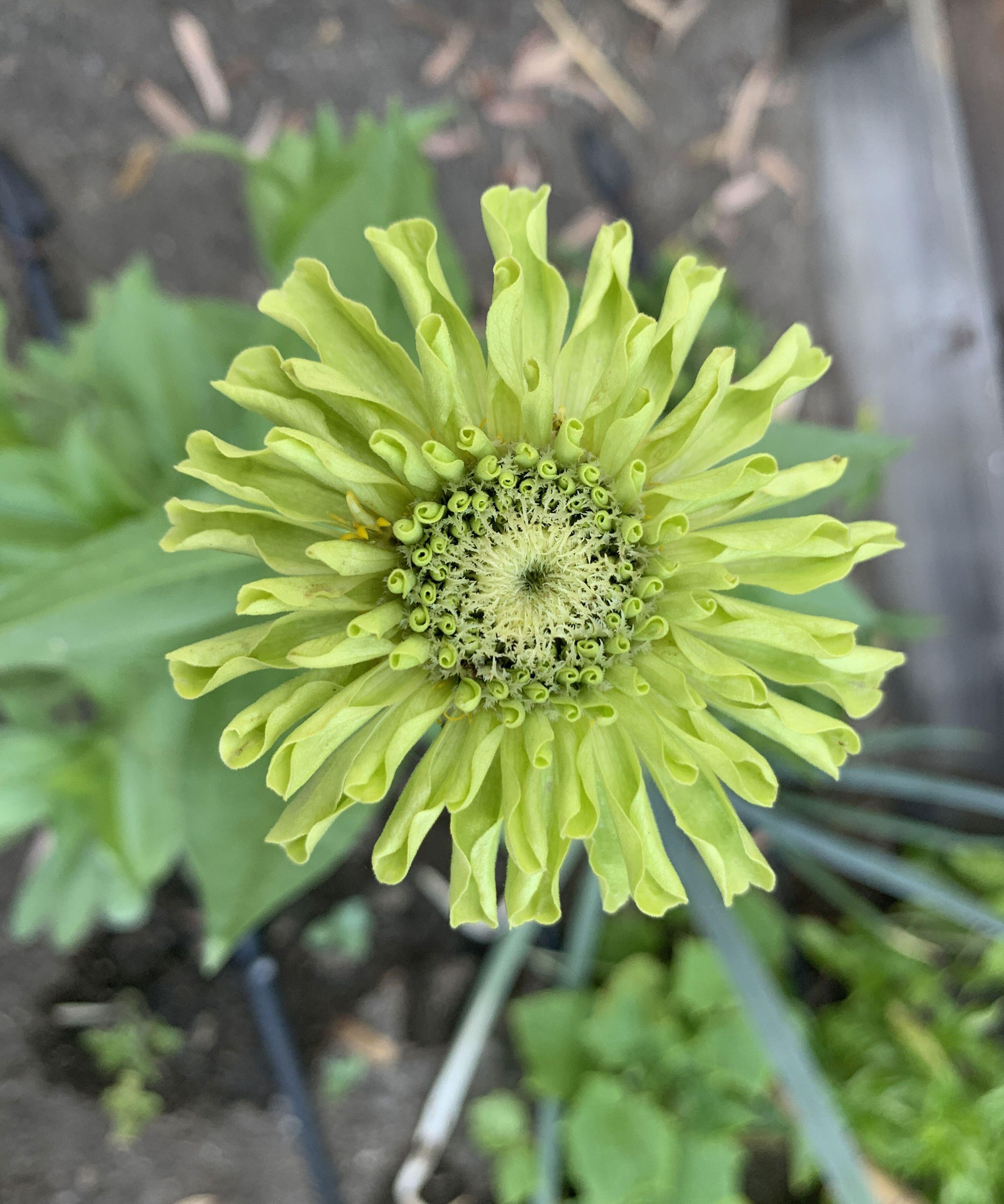
If you're looking for ideas on which flower seeds to sow indoors in December the good news is there are plenty to choose from. This will give you a head start on seeds sown outdoors next spring
Flowers to sow in late-winter include lots of summer flowerbed favorites including snap dragons, French marigolds, nigella, rudbeckia, salvia and zinnia.
Fill seed trays or small pots with firmed and moistened multi-purpose compost. Check individual seed requirements in terms of how deep to plant them, then sieve over a light covering of compost once in place.
Transfer to a warm, well-lit spot and seedlings will soon emerge. As soon as they are strong enough to handle plant them up in individual pots.
Lifestyle journalist Sarah Wilson writes about garden design and landscaping trends. She has studied introductory garden and landscape design, and also has an RHS Level 2 qualification in the Principles of Plant Growth and Development. She is a regular contributor to Livingetc.com, and also writes for Homes & Gardens, Country Living, Country Homes & Interiors, and Modern Gardens magazines. Her first job was at Elle magazine, during which time a trip to the beautiful La Colombe d'Or in St-Paul-de-Vence led to an interest in writing about all things botanical. Later as lifestyle editor at Country Homes & Interiors magazine one of the highlights were the run of captivating country gardens that were featured.
